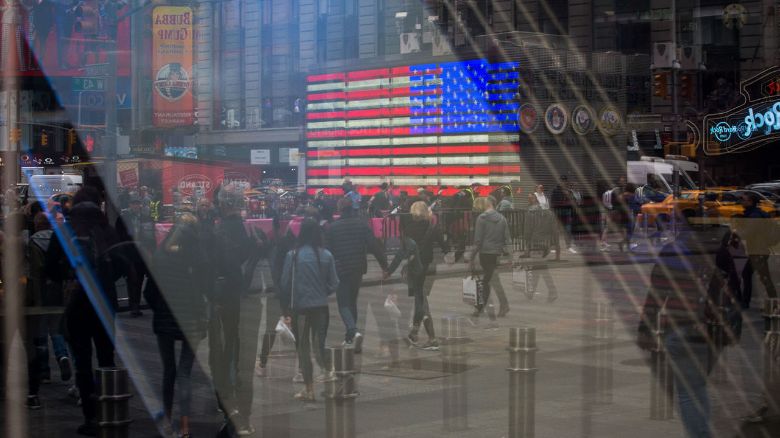
Economy US business cycle
Consumer spending continues to rise
China’s economy has faced challenges on both the domestic side and on the external side during the first half of 2019, and these issues are likely to persist into 2020 and beyond.
On the domestic side the economy has been squeezed by a long but gradual tightening of monetary growth. Since accelerating briefly to just over 13% year- on-year growth in the second half of 2015, M2 slowed to 8% in the final quarter of 2017 and has remained in the 8-9% range ever since. This is by far the slowest growth rate of broad money since the start of the ‘Four Modernisations’ under Deng Xiaoping in 1978.
Although the People’s Bank of China (PBC), the central bank, has engaged in numerous “easing” operations – either by cutting repo (interest) rates in 2018, or repeatedly cutting the reserve requirement ratio for banks, or injecting funds by means of money market operations – none of these actions have increased the money growth rate on a sustained basis over the past two and a half years.
The reason why the PBC has not succeeded in engineering faster money growth - if that was their intention - is that with the economy slowing, inflation low and debt levels still high, the demand for credit has been steadily weakening.
In these circumstances, to stimulate lending and hence money growth, it would be necessary for the PBC’s interest rates (such as the repo rate) to be set below the “market” rate. But that has not happened. Therefore, the PBC’s actions have not been successful in reversing the trend of slow money and credit growth.
Given the excess debt that had built up in the economy since the global financial crisis, the Chinese authorities announced almost three years ago that they were placing priority on de-leveraging the economy and financial system. This was entirely understandable, and the data cited above for the monetary slowdown is consistent with the maintenance of this stance. China’s monetary policy, as I wrote earlier this year, is “boxed in” with little scope for significant easing.
Among the domestic consequences of this persistently tight monetary policy are slowing nominal and real GDP growth rates, producer prices that have slowed from 6.9% in October 2017 to 0.6% in May 2019, and consumer prices that have been range-bound between 1.5% and 3.0% since 2016.
It is only the sharp rise in food prices during the first half of 2019, especially pork prices following an epidemic of African swine flu that has kept overall producer prices in positive territory.
On the external side the year has been dominated by the Trump administration’s imposition of tariffs on Chinese exports to the US and related trade negotiations. Tensions started rising in May when, in a sudden reversal during trade talks, President Trump tweeted that the US would increase the 10% tariff on US$200 billion of imports from China to 25% on 10 May 2019.
He also indicated he would soon impose 25% tariffs on the rest of US imports (US$325 billion) from China not yet targeted with his Section 301 tariffs. These tariffs targeted final consumer products such as toys, footwear, clothing, and electronics. Retaliatory Chinese tariffs on US$36 billion of US exports to China followed on 1 June. Talks between the two sides were broken off in May and not revived until after the G20 meeting in Osaka at the end of June when a temporary ceasefire in the trade war was called.
The effects of President Trump’s on China’s trade and GDP growth have been significant. US imports from China have fallen steeply, down 18.5% year-on-year in March, and recovering modestly to down 11% in May. By comparison, US imports from the rest of the Pacific Rim (excluding Japan and China) had slowed to 2.4% in May.1
Other East Asian economies such as Taiwan, Korea and Vietnam are starting to see trade gains relative to China as parts of the international supply chain are shifted towards those economies not yet targeted by the Trump measures.
Looking ahead, given the range of China issues that the Trump administration is targeting – the theft of intellectual property, subsidies to state-owned enterprises, and the opening of domestic sectors to foreign competition - it seems unlikely that there will be any sustained truce in the trade war with China.
Although the timing of the next US presidential election may encourage President Trump’s team to declare victory at some point in 2019-20 and end the trade war, it is more likely that any forthcoming ceasefire is likely be temporary.

